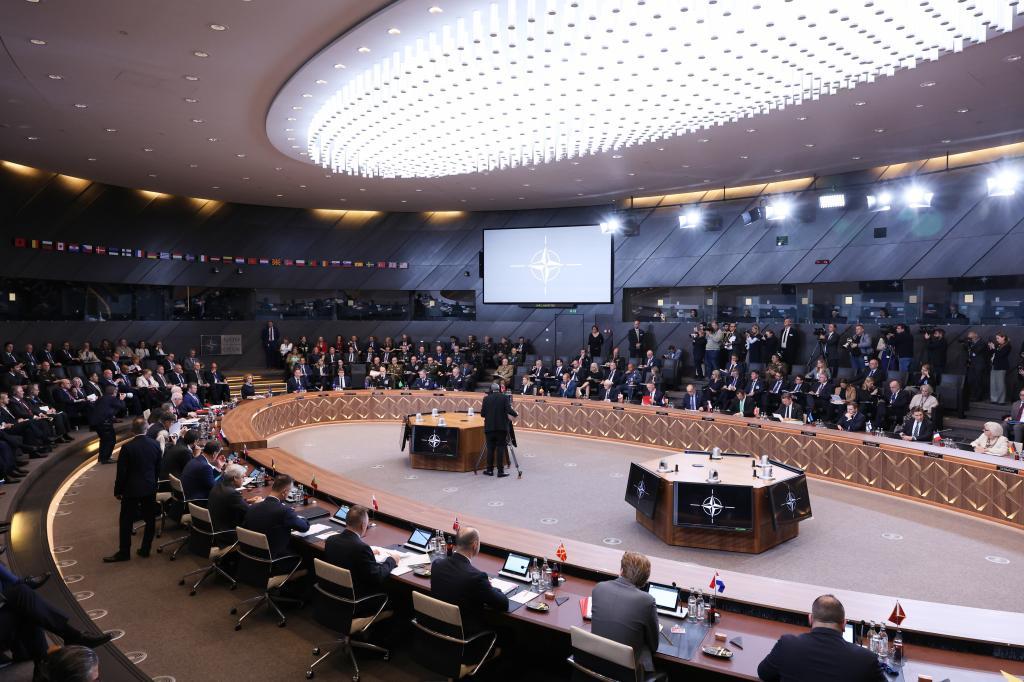Over the summer, NATO started to coordinate regular deliveries of large weapons packages to Ukraine to help fend off Russia's war. The aim was to send at least one load a month of targeted and predictable military support, each worth around $500 million.
Spare weapons stocks in European arsenals have all but dried up, and NATO diplomats have said that the United States has around $10-$12 billion worth of arms, air defense systems and ammunition that Ukraine could use.
Under the financial arrangement — known as the Prioritized Ukraine Requirements List, or PURL — European allies and Canada are buying American weapons to help Kyiv keep Russian forces at bay. About $2 billion worth has already been allocated.
Finland's defense minister, Antti Häkkänen, said that his country has "decided to join the PURL, because we see that it's crucial that Ukraine gets the critical U.S. weapons." Finland will also provide a separate package of its own military equipment.
Swedish Defense Minister Pål Jonson said that "Sweden stands ready to do more." He welcomed discussions among other Nordic countries and the Baltic nations — Estonia, Latvia and Lithuania — on sending an extra load too.
"This is critical now because we've been seeing the wrong trajectory when it comes to support to Ukraine, that it's been going down and we want to see more stepping up," Jonson told reporters at NATO headquarters, where defense ministers were meeting.
Estonian Defense Minister Hanno Pevkur also expressed concern about a drop in Western backing, noting that "the reality is that the share of the U.S. contributions to Ukraine has decreased significantly this year."
U.S. Defense Secretary Pete Hegseth said that the American "expectation today is that more countries donate even more, that they purchase even more to provide for Ukraine, to bring that conflict to a peaceful conclusion."
The Trump administration hasn't donated military equipment to Ukraine. It has been weighing whether to send Tomahawk long-range missiles if Russia doesn't wind down its war soon, but it remains unclear who will pay for those weapons, should they ever be approved.
Indeed, new data on Western military aid to Ukraine shows that despite the PURL program, support plunged by 43% in July and August compared to the first half of the year, according to Germany's Kiel Institute, which tracks deliveries and funding for Kyiv.
NATO Secretary-General Mark Rutte saw no problem. Asked whether he was concerned about the drop in support for Ukraine, he said: "It has not. When you look at this year, it is more or less on average with last year."
Criticism has mounted that France, Italy and Spain aren't doing enough to help Ukraine, and Häkkänen called on all 32 NATO allies to take on their "fair share of the burden," saying that "everyone has to find the money because this is a crucial moment."
France and Italy are mired in debt and struggling to raise money just to meet NATO's defense spending targets. Spain says it has other economic concerns and insists that it makes up for its spending gap at NATO by deploying troops on the alliance's missions.
France also believes that European money should be spent on Europe's defense industry, not in the United States, and it doesn't intend to take part in PURL.
